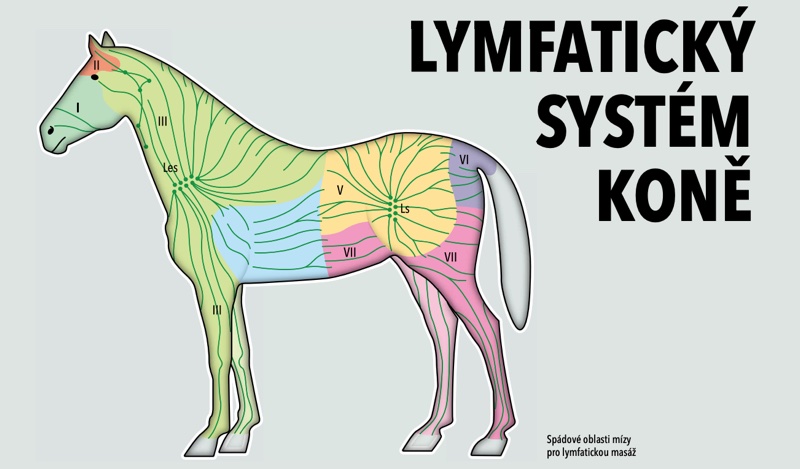The principle of compression therapy
Compression therapy remains the basis for both the prevention and treatment of venous and lymphatic insufficiency. External compression is defined as a graduated pressure exerted on the tissue structures that are under the compression, as well as on the blood and lymphatic vessels and vascular bed that are embedded within that tissue. External compression also has a very good effect on the withdrawal of subjective and objective symptoms that accompany these disorders. It mainly serves to support venous and lymphatic circulation, especially in the lower limbs. Specifically, for varicose veins, for dysfunction and functional insufficiency of venous perforators, for dysfunction of the venous muscle pump, for chronic venous insufficiency, for leg ulcers and for disorders of lymphatic circulation.
The most important effects of external compression therapy include: reduced swelling, narrowing of dilated veins, reduction of venous hypertension, elimination of pathological return of venous blood, improvement of venous-muscle pump function, improvement of venous return, increase in venous flow rate, improvement in removal of metabolic pollutants arising from increased physical exertion, acceleration of the healing of leg ulcers, improvement of tissue microcirculation, improvement of lymphatic drainage.
External compressive therapy should be used mainly as a prophylactic therapy in the prevention of deep vein thrombosis, during pregnancy, in post-operative care after plastic surgery. At the same time, also as a medical therapy for varicose veins, chronic venous insufficiency, post-thrombotic syndrome, after varicose vein surgery, after sclerotherapy, in the treatment of leg ulcers, in venous and lymphatic swellings, in lip-edema and in some inflammatory processes.
Any use of external compression therapy should first be consulted with the attending physician due to possible contraindications.
How compression works
Compression is a pressure that, by its effect on veins, arteries and tissues, achieves a reduction in their volumes and thereby accelerates the flow of all fluids that circulate through them.
With compression, we try to reduce the damage of the venous valves, so that there is as little accumulation of blood in the lower limbs as possible, and the acceleration of the venous flow. If the flow of fluids in the capillaries is accelerated, the pollutants of metabolism, toxins and agents of inflammatory processes are broken down faster. At the same time, it significantly improves the supply of nutrients to the tissues and thereby contributes to the prevention and regeneration of the organism in a natural way.
By compressing, we achieve a narrowing of the vein lumen, which often improves valvular closure and reduces reflux in superficial or deep veins, and accelerates the flow rate - that is, the rate of venous return.
Compression positively affects not only venous but also lymphatic circulation.
It acts preventively as a lymphatic drainage, which has a positive effect on the flow of lymph and intercellular fluid, preventing its stagnation and accumulation in the lower parts of the body due to the gravity. As with blood, its rapid circulation is important mainly for the removal of metabolic waste substances from the body.
Overall, it can be said that compression leads not only to the reduction of swelling, but mainly to the overall improvement of the quality of life.
VETOFLEX® compression bandages are suitable for preventive treatment and protection of horse limbs in the following cases:
- Support of lymphatic and blood circulation
- Swollen legs
- Soft windgalls
- After limb operations (prevention of swelling)
- In case of injury and subsequent healing of the limb (prevention of swelling)
- Support of the lymphatic system in recovery
- After increased exertion (training, races)
- During long transportation

